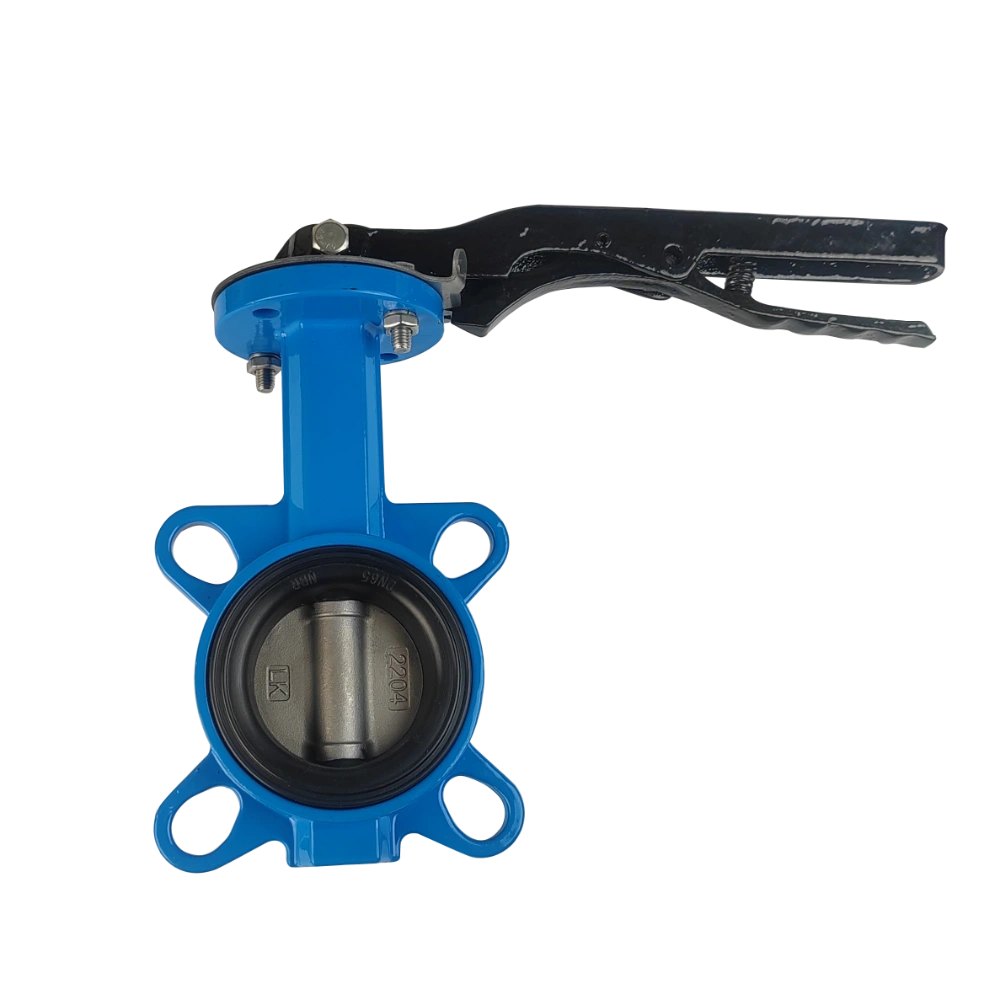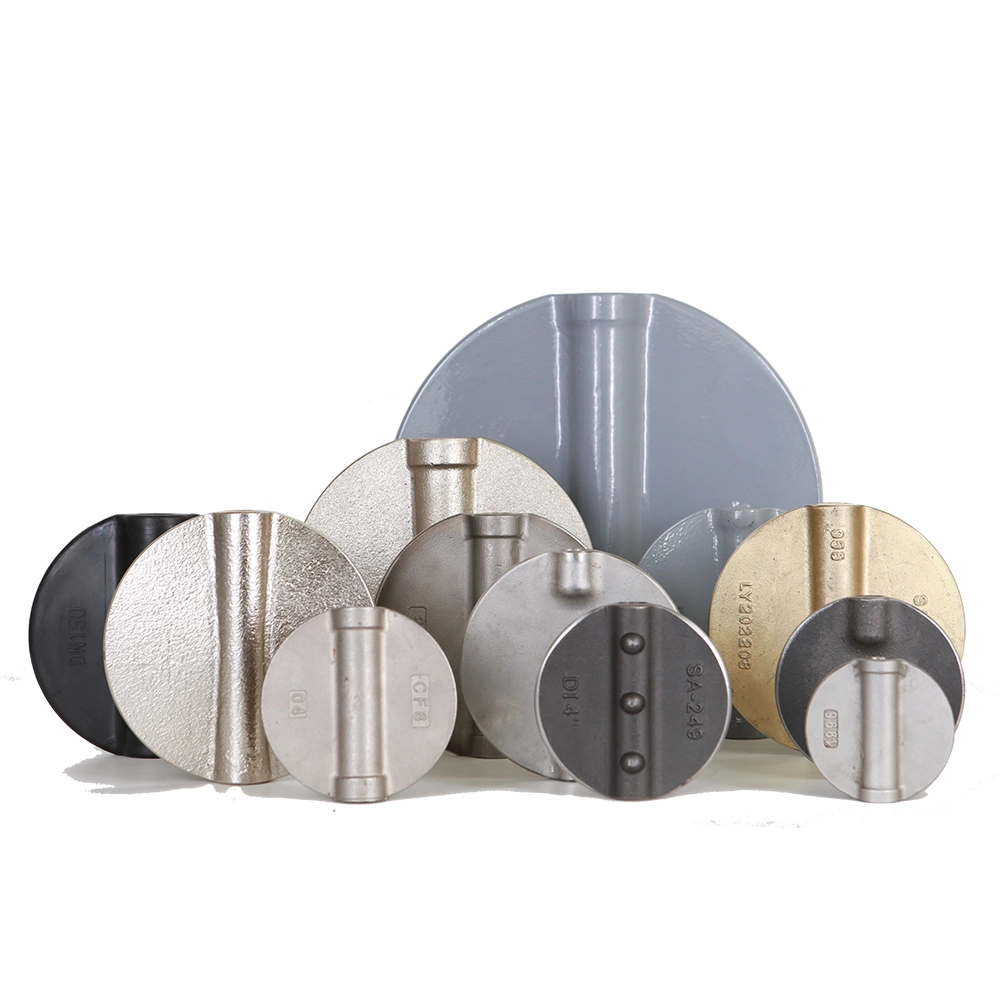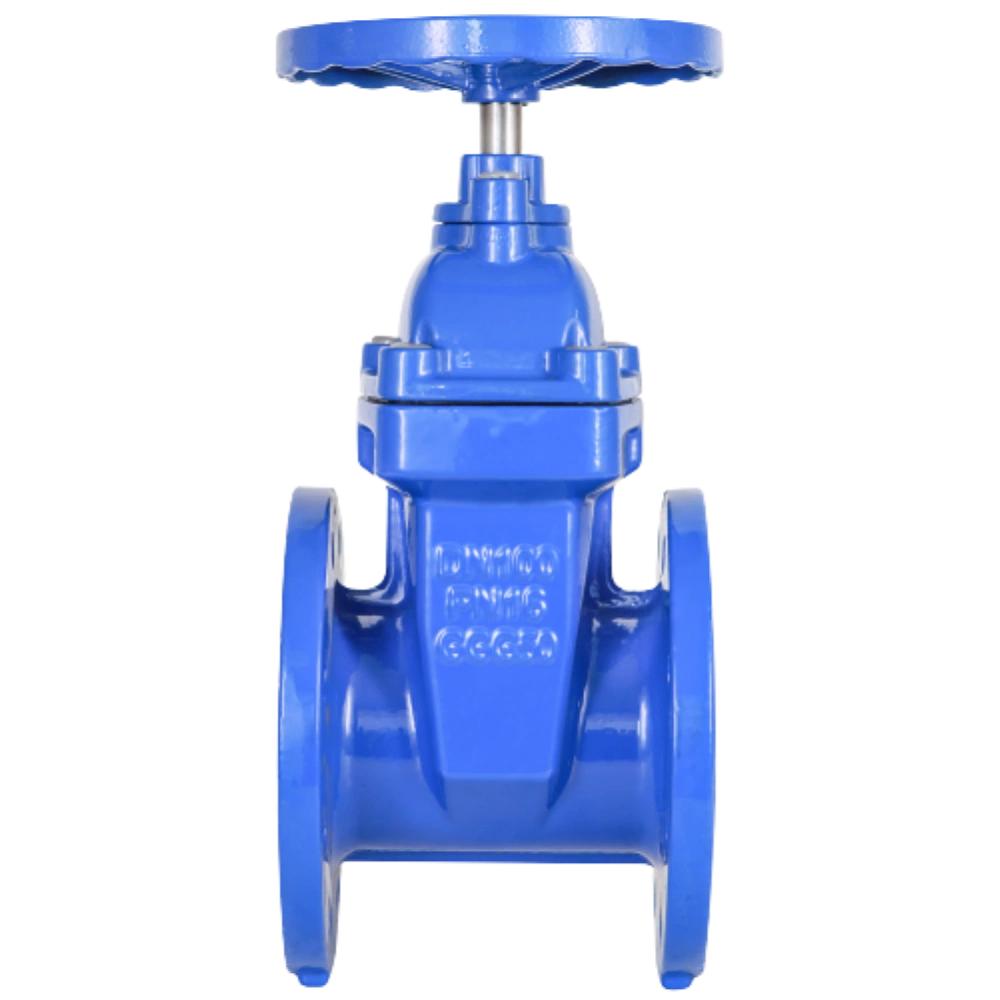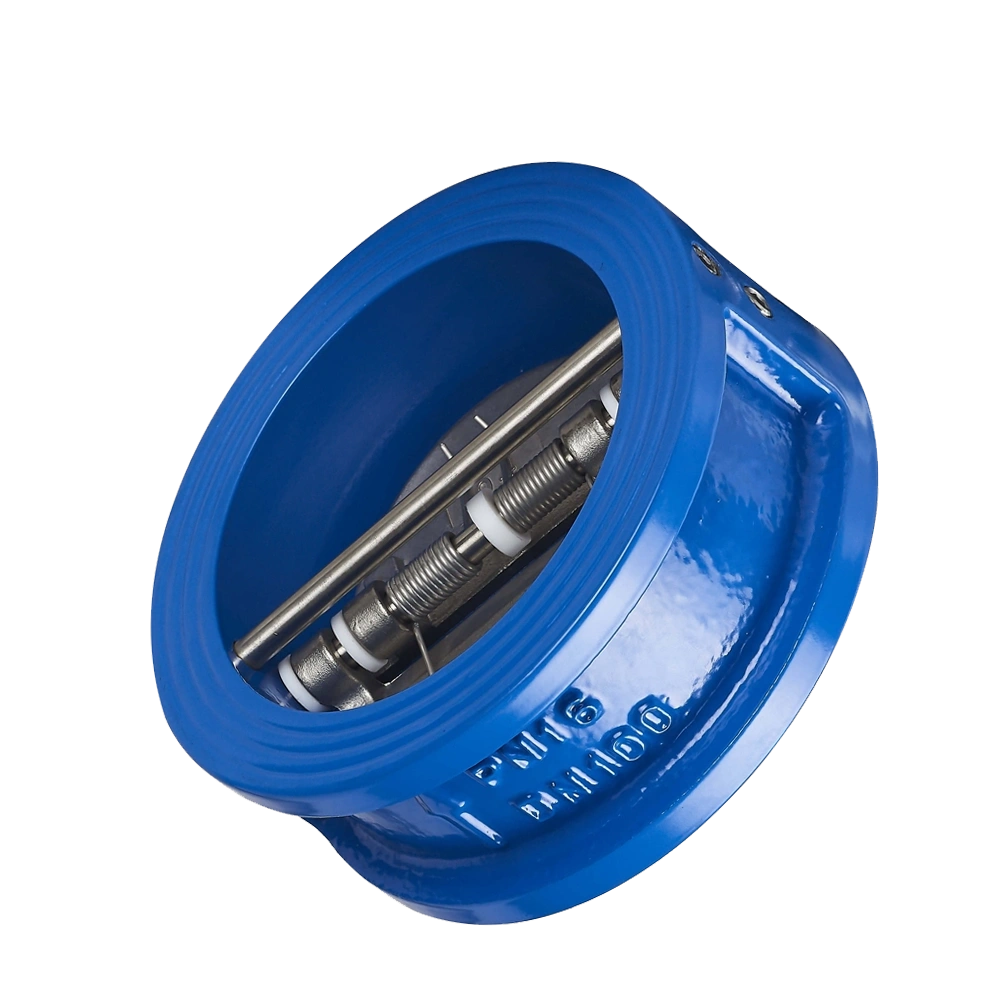Butterfly valves are widely used as control and regulation devices in industrial pipeline systems. Their valve discs (or butterfly discs) are the core components for realizing switching and flow regulation.
In addition to the material, the design of the valve disc also directly affects the performance, sealing and service life of the butterfly valve. According to the connection method between the valve disc and the shaft, the types of butterfly valve discs are mainly divided into two: through-shaft and double half-shaft. Among them, the through-shaft can be further divided into designs with pins and without pins, while the double half-shaft includes two structures: Milwaukee plate and big belly plate. This article will discuss the characteristics, advantages and disadvantages and application scenarios of these types of butterfly valve discs in detail.
1. Through-shaft butterfly valve disc
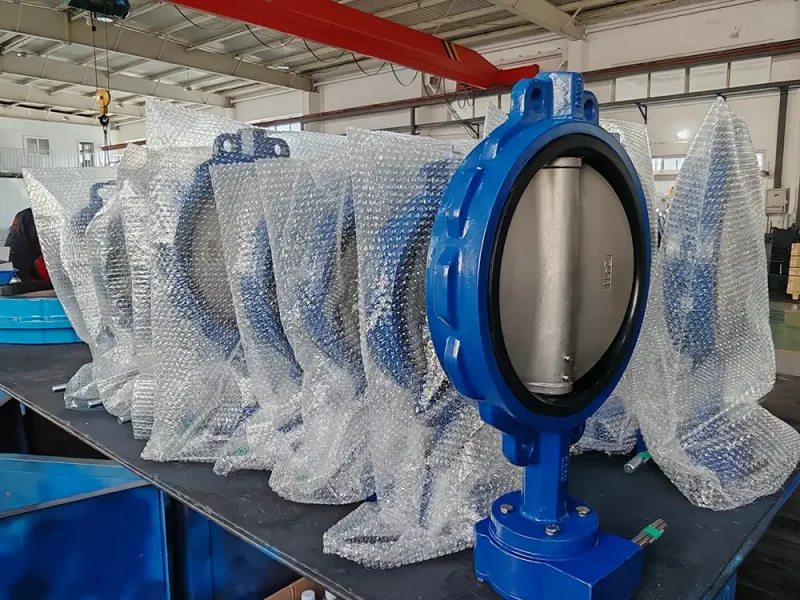
The through-shaft butterfly valve uses a complete shaft (through-shaft) running through the entire valve disc. The valve disc is connected to the actuator through the shaft to realize the switching or regulation function of the medium.
According to the connection method between the valve disc and the shaft, the through-shaft valve disc can be divided into two types: with pins and without pins.
1.1 Pin-through valve plate
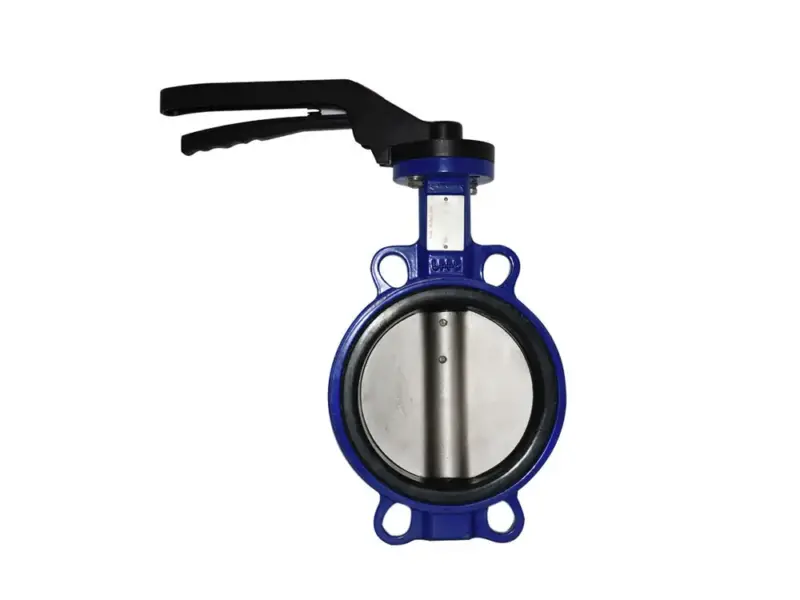
Structural features: The valve plate is fixed to the through shaft by pins (usually cylindrical pins or tapered pins), and the pins pass through the valve plate and the shaft to ensure a firm connection between the two.
1.1.1 Advantages:
Reliable connection: The pins provide strong mechanical fixation, suitable for working conditions with high torque or frequent operation.
Strong durability: The pin connection reduces the relative sliding between the valve plate and the shaft, extending the service life.
1.1.2 Disadvantages:
Complicated maintenance: The removal and replacement of the pins require professional tools, and the maintenance is difficult.
More susceptible to corrosion: The pin and the valve plate perforated connection position are easily corroded by the medium.
1.1.3 Application scenarios:
Pin through butterfly valve plates are often used in water treatment, petrochemical, power and other occasions that require high reliability and durability, especially for large-caliber, high-pressure or critical systems.
1.2. Valve disc without pin-through shaft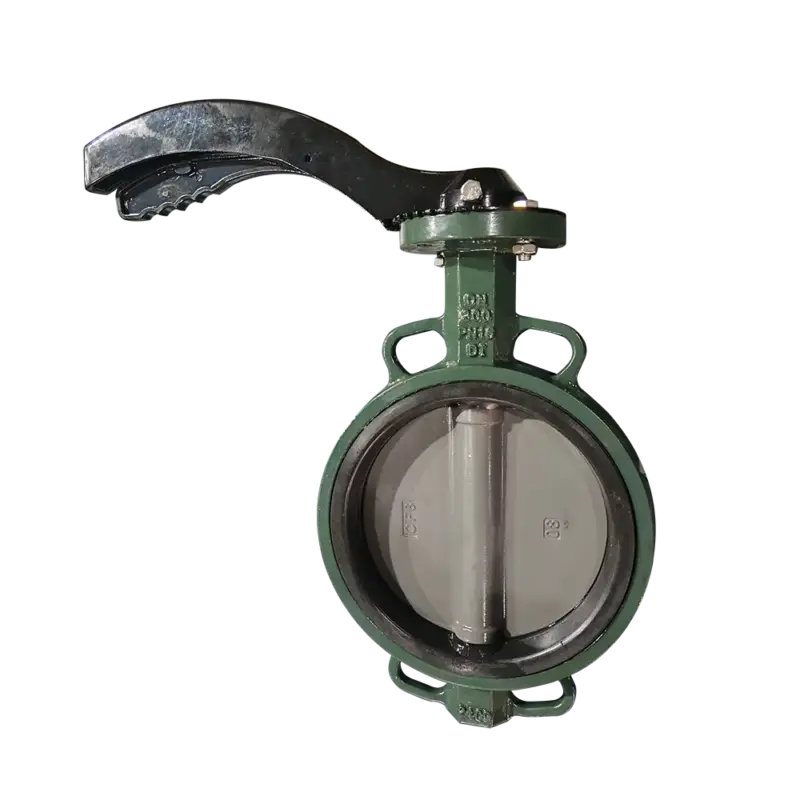
Structural features: The valve disc is connected to the valve shaft by keyway or clamping, without additional pin fixation. Usually D-key or square key design is adopted.
1.2.1 Advantages:
Better sealing: The butterfly plate and valve stem are integrally formed or connected without pins, avoiding pin hole leakage and more reliable sealing.
Simpler structure: No pin holes or accessories, reducing local stress concentration.
1.2.2 Disadvantages:
Limited strength: Under high torque or high pressure conditions, the keyway connection may be unstable such as wear or loosening.
Difficult maintenance: The butterfly plate and valve stem are often integrated or press-fitted, which is difficult to disassemble and assemble. Once damaged, the whole piece needs to be replaced.
Connection strength depends on precision: The manufacturing precision and assembly process are required to be high, otherwise it may cause early loosening or failure.
1.2.3 Application scenarios:
Valve disc without pin-through shaft is suitable for small and medium-sized caliber or low-pressure systems, such as municipal water supply, heating, ventilation and air conditioning (HVAC) or non-critical industrial processes. In addition, because there is no pin penetrating the sealing surface, it is suitable for corrosive environments such as chemical industry.
2. Double half-shaft butterfly valve disc
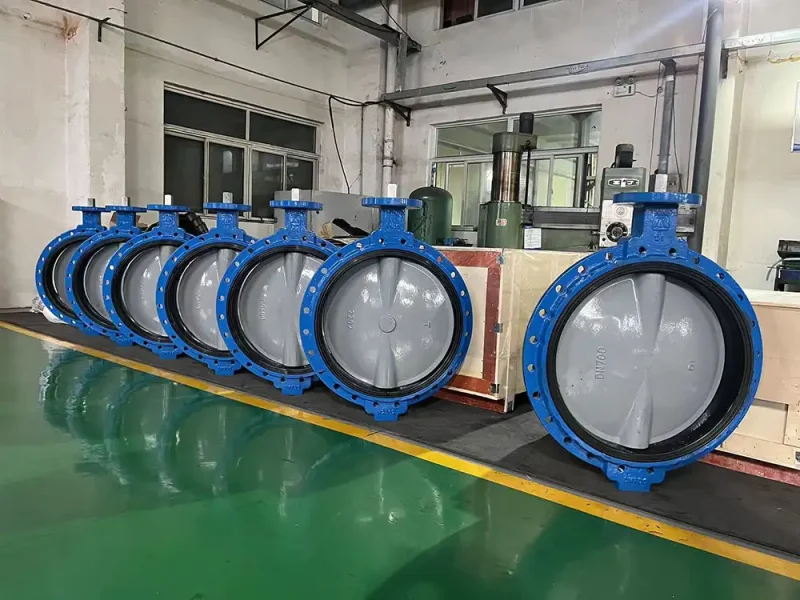
The double half-shaft (or double rod, split shaft) butterfly valve uses two independent short shafts connected from both sides of the valve plate, one shaft is used for driving (connecting the actuator), and the other shaft is used as support.
This design reduces the difficulty of processing a single long shaft and is suitable for specific scenarios. According to the structural characteristics of the valve plate, the double half-shaft valve plate is mainly divided into Milwaukee plate and big belly plate.
2.1. Milwaukee type valve plate

Structural features: Milwaukee type valve plate is derived from the design of Milwaukee Valve Company. The valve plate is usually thin disc-shaped, and the shaft connection point is located at the edge of the valve plate, with a compact structure. The double half shaft is fixed to the valve plate by pins or keys.
2.1.1 Advantages:
Low flow resistance: The thin valve plate design reduces fluid resistance and is suitable for systems requiring high flow.
Low manufacturing cost: Simple structure, suitable for standardized production.
Easy maintenance: The double half-shaft design allows the drive shaft or support shaft to be replaced separately, and the maintenance efficiency is high.
2.1.2 Disadvantages:
Limited strength: Thin valve plates may be deformed or damaged in high-pressure or large-diameter applications.
Good sealing performance uses flexible seals (such as EPDM, PTFE) to maintain high sealing performance under low pressure.
2.1.3 Application scenarios:
Milwaukee valve plates are suitable for low-pressure, small-diameter systems with small pressure drop requirements, such as building water supply and drainage, agricultural irrigation or light industrial processes.
2.2. Big belly plate valve plate
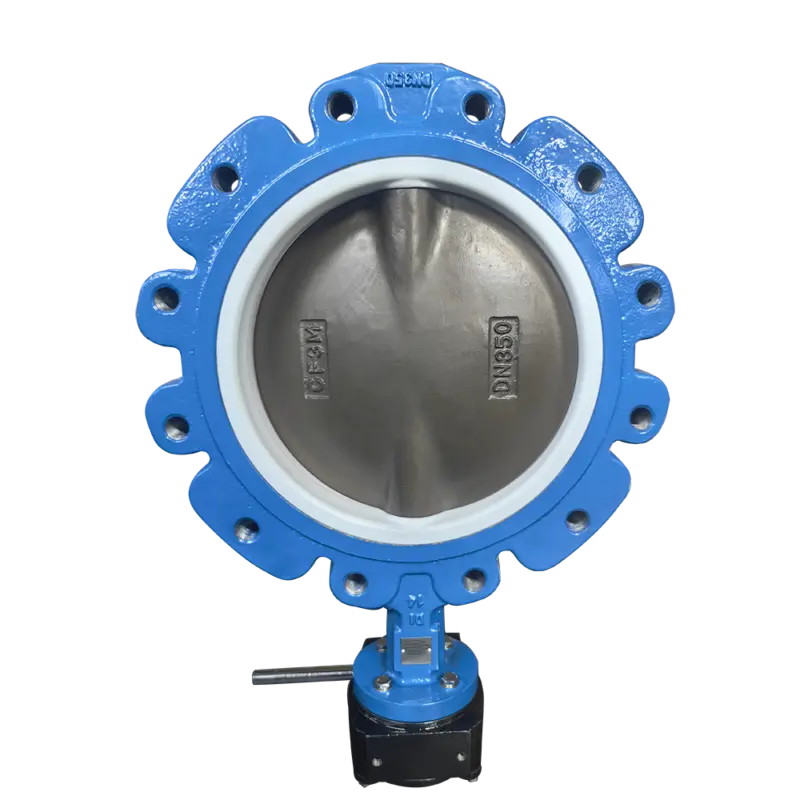
Structural features: The big belly plate is thickened in the shaft connection area, shaped like a “belly” bulge, which enhances the rigidity and strength of the valve plate. The double half-shaft is fixed to the thickened area by pins or bolts.
2.2.1 Advantages:
High strength: The thickened design improves the valve plate’s ability to resist deformation and is suitable for medium-high pressure or large-diameter applications.
Excellent sealing performance: The thickened area has more stable contact with the sealing seat, which is suitable for the high sealing requirements of soft seals (such as EPDM replaceable sealing seats).
Strong durability: The thickened structure reduces wear during long-term use.
Low cost: Although the design of the big belly plate is thickened and the processing is complicated, it is cheaper than the Milwaukee plate.
2.2.2 Disadvantages:
Higher flow resistance: The thickened valve plate increases the fluid resistance and may affect the flow rate.
Heavy weight: Compared with the Milwaukee disc, the overall weight is increased.
2.2.3 Application scenarios:
The big belly plate valve plate is suitable for medium and high pressure, large-caliber systems, such as petrochemical, natural gas transmission or sewage treatment, and is especially suitable for occasions that require high sealing and durability.
3. Comparison between through-shaft and double half-shaft
| Features | Through-shaft butterfly valve | Double half-shaft butterfly valve |
|---|---|---|
| Structure | Single continuous shaft, running through the valve plate | Two independent short shafts, connecting the two sides of the valve plate |
| Maintenance | Replacing the shaft is more complicated | Replacing a single shaft is more convenient |
| Flow resistance | Depends on the valve plate design, with pins may be slightly higher | Milwaukee type has low flow resistance, and big belly plate has higher flow resistance |
| Application | Critical systems such as water treatment, power, and petrochemical | Non-critical systems such as water supply and drainage, agriculture, and light industry |

